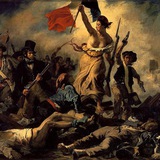
Subscribe to a channel


 6163
6163
Telegram-канал world_history - World’s History
 6163
6163
Channel about World's History All questions: @cobbl or @otchebuch